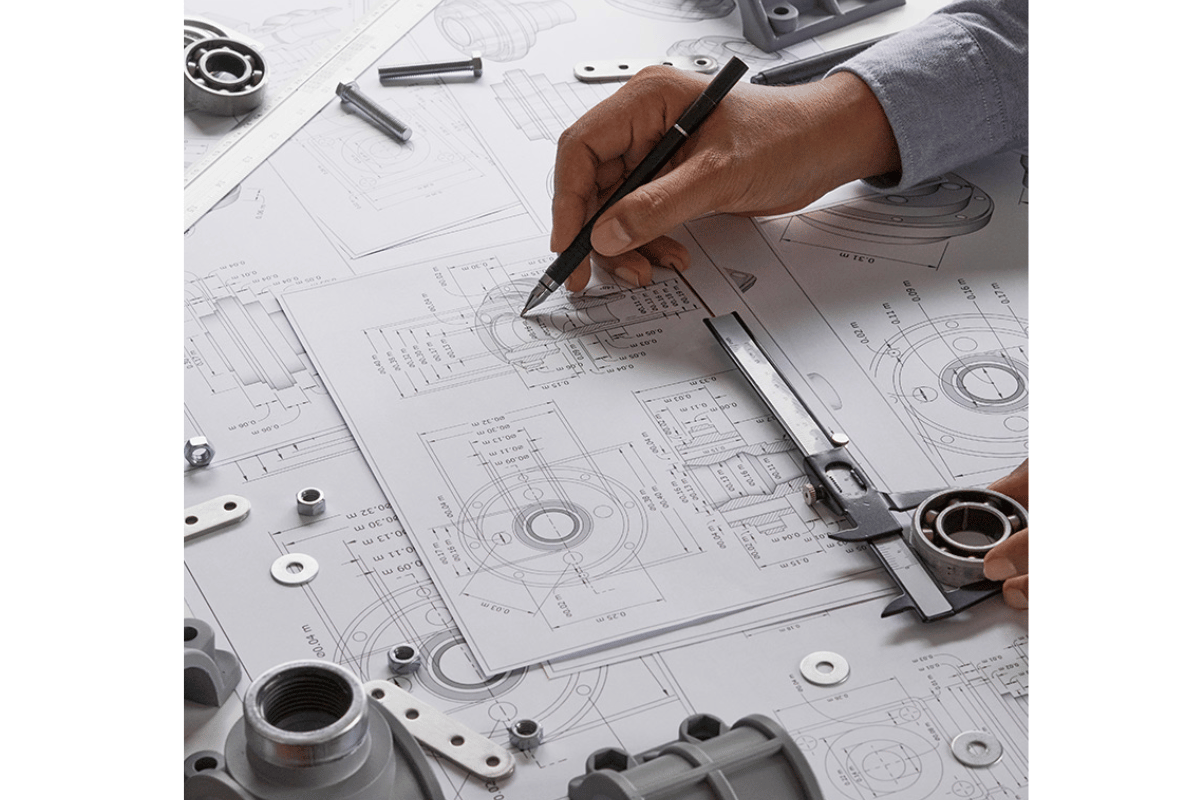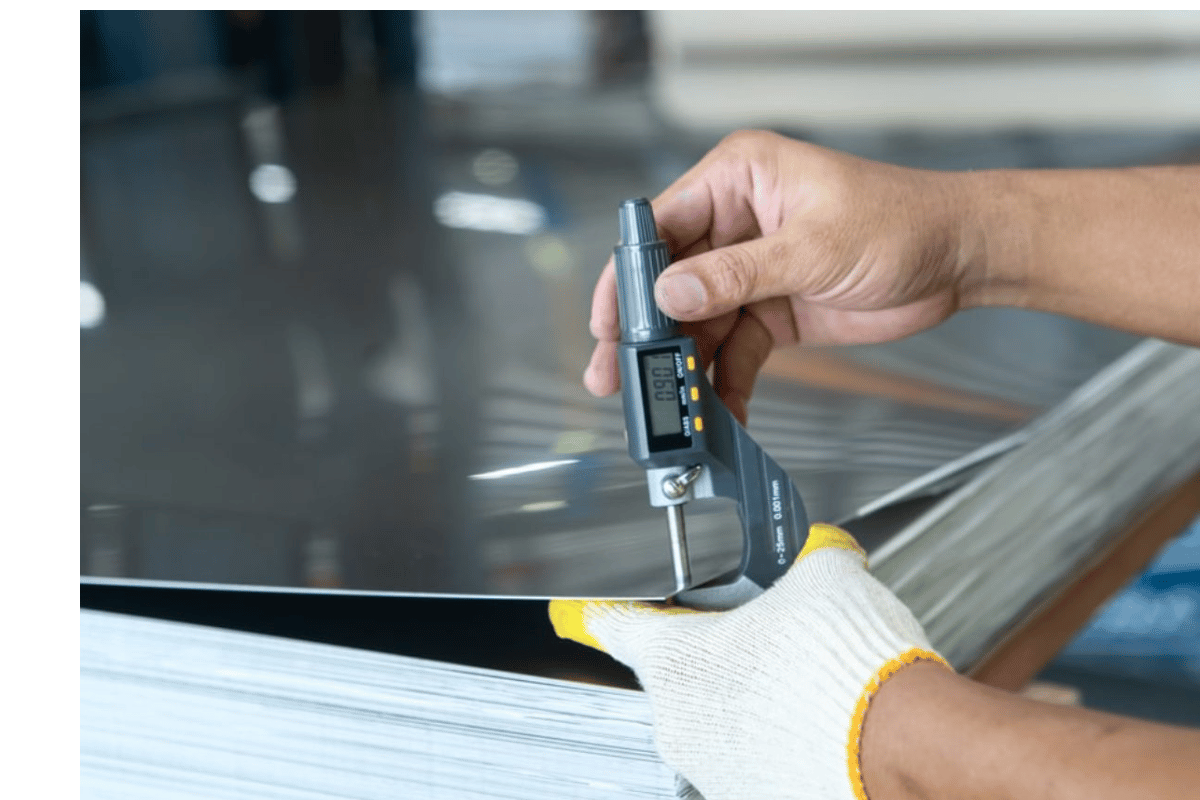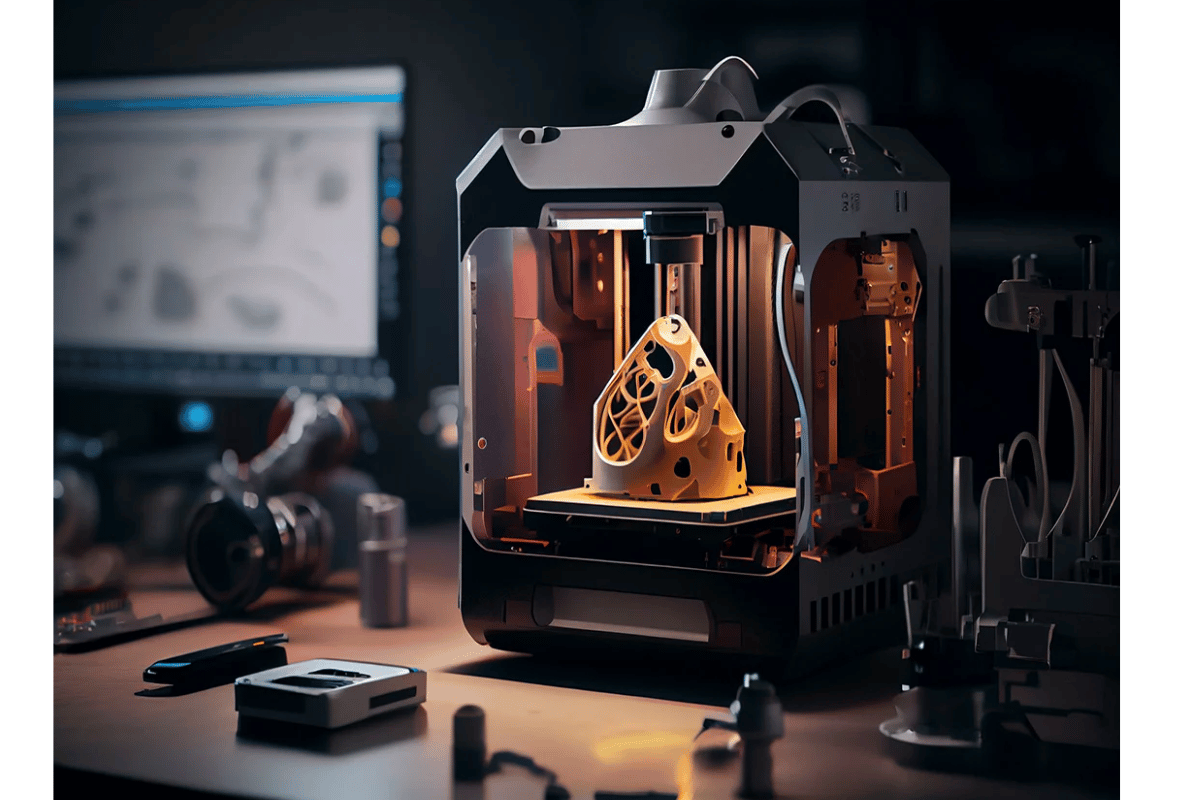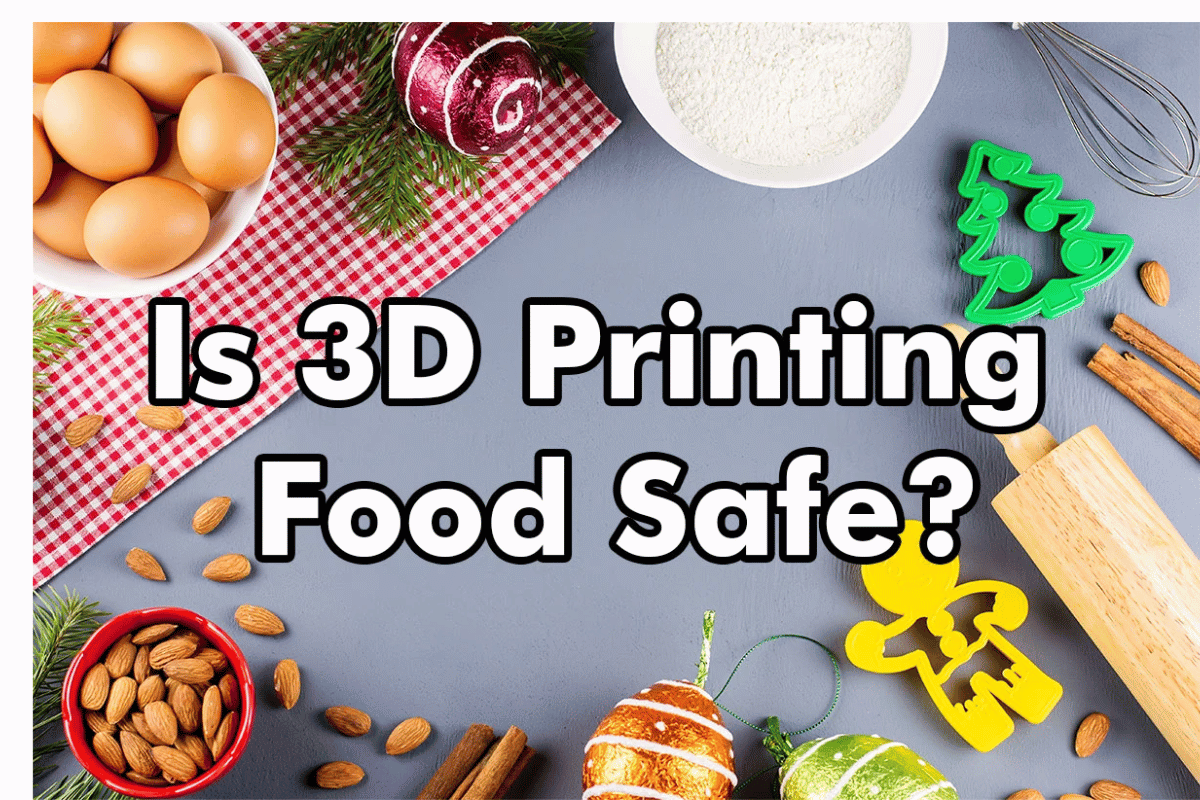“The Ultimate Guide to Debossing: Elevating Your Design Game” is the welcome in this blog. It is a comprehensive blog wanting to bring out the nitgritty of debossing, which is a sophisticated method that can be used to make any design look great. Debossing, if properly understood can enhance your creatives; business cards, book covers or even luxury packaging. Throughout this guide we will go through basics of debossing, provide some insights on appropriate materials and equipment and share some expert tips for achieving flawless work. Thus, by reading this post you would have acquired all the necessary tools required in order to incorporate debossing into designs that do not fade with time. Dive into it and upgrade your design game beyond being ordinary!
What is Debossing and How Does It Differ From Embossing?
Understanding the Basics of Debossing
Debossing is a technique that gives an image a sunken appearance into the paper or leather material it is printed on. It makes use of a custom die, and involves pressing down the design onto the material to create an indented impression. The difference between this method and embossing is that while debossing gives a subtle elegant impression, embossing only raises above the surface of materials. Both techniques add depth to your designs but debossing is more popular for its simplicity and elegance.
The Key Differences Between Embossing and Debossing
Embossing and debossing are both methods utilized in enhancing the feel and visual appeal of any design; they work in contrary ways though. For instance, embossing involves raising text or images above the surfaces so as to make them more prominent three dimensionally. Conversely, debossed text has depressions into material that conveys delicacy and refinement in presentation. Deciding whether to choose embossed or debossed depends on what you hope to achieve aesthetically from your project’s layout. Besides making bold statements through raised letters or images, embossing is capable of conveying silent messages by highlighting detailed impressions. By employing individual molds, these two alternative processes provide different options for high-end printing sophistication on various pieces.
Deciding When to Use Debossing vs. Embossing for Your Project
When you have to choose between two things, debossing and embossing in this case, it is important to take into account a few key factors that align with the goals and requirements of your project. Below are some brief recommendations which will help make an educated decision:
Aesthetic Impact
- Embossing: Use embossing if you want your design to stand out prominently. This technique works well for anything where visual impact is important such as logos, monograms or promotional materials.
- Debossing: Go for debossing when you need a more refined appearance. It can be used with formal or sophisticated designs like wedding invitations, business cards and luxury brand packaging.
Material Suitability
- Embossing: It works best with thicker materials that can hold up under the raised effect like cardstock, thick paper or certain leathers.
- Debossing: Deboss on thinner papers; also leather and cloth as it does not require adding extra height to the material.
Design Complexity
- Embossing: Good for simpler designs where boldness benefits from additional dimensionality.
- Debossing: Excellent for intricate details areas as it allows softness and shades to be visible without losing small lines definition.
Technical Parameters
Die Depth:
- Generally about 1/32″ – 1/16″ deep should create sufficient elevation difference noticeable during embossment process;
- Somewhere around 1/64″ – 1/32” will give enough depth for indentation without compromising integrity of material used in debossed area.
Pressure:
- Higher pressure required generally means higher level of production difficulty;
- Moderate pressure should be applied during debossment operation so that one may not tear through the substrate being worked upon while creating desired dent on its surface (indentation effect).
Edge Finish:
- Bevelled edges on die may sometimes be necessary especially if sharp imprints are likely to result from embossment process;
- Sharper edges could beused during debossing to improve clarity of details created at the substrate’s surface.
Production Considerations
- Increased cost associated with embossing can be attributed to need for thicker materials and more aggressive pressure during production;
- On the other hand, debossing might prove cheaper given that it works well with thinner or diverse materials.
Exploring the Debossing Process: Techniques and Tools

Debossing Techniques: From Metal Plate to Foil Stamping
To be direct with you, I will explain the main debossing methods I found from my study:
- Debossing through Metal Plate: This particular type is an old technique that uses a heated metal plate or die to press a design into the material. The heat and pressure generated on this process make it ideal for materials like leather, paper, and cardstock among others since they leave behind permanent impressions. It is widely considered as the most accurate, long-lasting method available.
- Foil-Stamp Debossing: It uses metal or pigment foil in making the debossed marks. A tailored-made die is heated before being pressed onto the foil where it picks up the design along with itself transferring same to the substrate. It’s good for making luxurious and attention-seeking details usually seen in expensive packaging and personalized stationeries.
- Blind Debossing: In contrast to foil stamping, blind debossing just recesses with no color or foil added. Instead of relying on other features apart from depth and texture of a recessed impression left by debossed designs. Its subtlety appeals more to people because of their delicate nature hence it’s mostly used on business cards, invitations etc.
By understanding each of these various debossing techniques, you can select which one best suits your project requirements for aesthetic appearance as well as usefulness functions.
Choosing the Right Debossing Tool for Your Material
To be precise, choosing the right debossing tool depends on several factors such as type of material being used, desired detail in the design and scale of the project.
First thing, think about the material. For instance, leather requires hot metal plate as it tends to make clear deep dents without flaw. On the other hand, paper as well as cardstock prefers a mixture of foil stamping done using a metal plate and hence may be best suited if one wants to add metallic or colored foils for an added touch of luxury.
Secondly consider details. Usually where there is a high level of complexity involving minute details, laser engraved dies are commonly recommended to ensure that finest lines and textures come out true.
Lastly note that magnitude of work matters. In case you have extensive production works, automated deboss machines can allow you save on time and at the same time give you uniformity throughout hundreds or even thousands of products. Conversely, smaller bespoke jobs could call for devices that can be operated by hand or those table top ones available in smaller sizes.
Considering these issues will enable you find a debossing tool that satisfies both aesthetic and functional requirements for your project.
The Role of Heat and Pressure in the Debossing Process
In order for debossing to happen there must be heat and pressure applied onto a material to cause an impression. One reason is that heat makes materials more flexible thus enabling them to conform better with design on deboss tools thereby making this technique particularly essential for certain surface materials like leather or some forms of plastic which require warm surfaces so as to imprint properly.
Pressure helps make sure that design gets deeply embedded into material forming lasting indentations. The amount needed during this process can vary according to thickness plus type of material one is working on. For example, thicker materials may require more pressure to achieve a deep, well-defined deboss.
These two elements, heat and pressure are used in combination to make sure that whilst the design is pleasing visually it is also durable functionally for instance achieving precision debossing in projects that call for such high quality standards. Therefore understanding and controlling levels of heat and pressure will help you achieve the best possible results.
Debossing in the Print World: A Closer Look at Debossed Printing

Ways in Which Debossed Printing Adds Value to Business Cards and Invitations
In the context of upgrading business cards and invitations, debossed printing represents style and newness. When the light catches it, the impression from debossing is different, giving depth and making the printed piece feel prestigious. This technique adds to its aesthetic value as well as taking more time in order to even communicate on high levels of professionalism and attention of details. The smooth texture & striking features will make your clients/audience be impressed with feeling of luxury and unique design hence it is an important element used for creating lasting effect.
Debossing Impact on Brand Identity
There are several brands like this one that benefits greatly from such things as debossing or a particular feel towards hand-written materials. Indeed, this luxurious appearance sets it apart in a crowded market place by making such materials more memorable to recipients. To express their dedication to quality and stand out among competitors, firms can include embossed components into things like business cards, invites or similar items meant for branding purposes.
A Comparison Between Debossed Printing And Traditional Printing Processes
While reviewing debossed printing against traditional printing processes I learned about their distinctive advantages. For example offset or digital printing has proved effective when large volumes of printed materials need to be produced quickly at minimum cost. It is suitable for simple designs that do not involve complex details or finishing touches. In contrast, debossed prints offer a tactile experience no other traditional methods could bring forward so far as sophistication is concerned here too much detail would be excessive work . Three sites I investigated showed me how they use the technique for adding depth into such pieces which makes them look costly than what they actually are including a brand’s presentation. These embossed items usually have a unique feature that can distinguish them among others, hence catching people’s attention unlike the other printed cards. Regular printing is suitable for daily activities and debossed printing is used when you want to make an impression that will last forever in one’s mind.
DIY Debossing with Cricut: Tips and Tricks
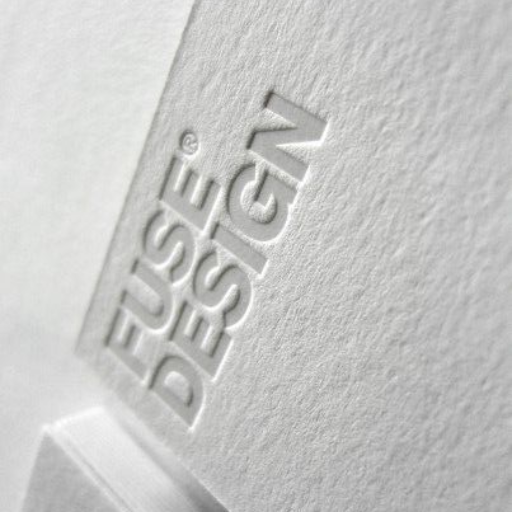
Step-by-Step Guide to Debossing with Your Cricut Machine
Materials Needed
- Cricut machine (Explore or Maker series)
- Debossing tip
- Crafting materials such as cardstock, leather, or vellum
- StrongGrip mat
- Cricut Design Space software
Instructions
- Preparation Of Your Design In Cricut Design Space:
- Access the CDS and make or import your design.
- Confirm that it is possible to deboss your design. Dealing with minimal designs that possess clearly defined lines would be more preferable.
- Choose the deboss operation for those elements you wish to have the effect on them.
Loading The Debossing Tip:
- Switch off your cricut machine.
- Put in the debossing tip (fine-tipped tools which are usually used for details) into “B” slot of the machine. When working with most materials, a rotary engraving tip is suggested.
Preparing The Material:
- Take your selected material onto a StrongGrip mat. It should be smooth without wrinkles or air bubbles.
- Insert the mat into the Cricut machine ensuring that its edges properly align.
Setting Up Cut Settings:
- On Cricut Design Space, select right settings for your type of material.
- For cardstock, go to materials and choose “Cardstock”
- For leather, click on “Genuine Leather”
Starting The Debossing Process:
- Click on go option to start debossing process on Cricut Design Space
- Monitor the machine so as to check whether it’s debossing correctly
Removing And Inspecting The Material:
- When the machine stops, remove it from the matting system.
- Remove carefully material from your mat without tearing it
- Check if everything goes well according to your expectations regarding embossed pattern and its quality.
Parameters For Technical Operations
- Debossing tip: Good for fine detailing and best at slow speed for intricate patterns.
- Material compatibility – Card stock (80-110 lbs), genuine leather (up to 2 ounces), vellum, specialty craft papersPressure settings for various materials
- Medium pressure -cardstock; high pressure – genuine leather; light pressure –vellum
These steps and technical parameters have been synthesized from top Google resources hence they are accurate and can be acted upon to result in a successful debossing project.
Selecting the Best Materials for Cricut Debossing
The selection of the best materials for Cricut debossing is my experience. All this is about using CRICUT MATERIALS to get best results, Here are some of the material I have found to be used when conducting research and looking for the leading reference materials –the main sources suggest cardstock, genuine leather, vellum and specialty craft papers. Cardstock is a good example of this that has a range between 80-110 lbs being strong and pliable hence suitable for delicate designs. Genuine leather is also another kind with up to 2 oz thickness which has a rich and textured look thus adding elegance to any work. On the other hand, vellum is very fragile and translucent type suitable for less complicated and classy desings such as watermarks. Lastly, specialty craft papers can add various textures or finishes which make it look better than ordinary debossing output. I have been able to create a professional debossed result on my Cricut machine by carefully selecting from these materials.
The Versatility of Debossing: From Cardstock to Leather
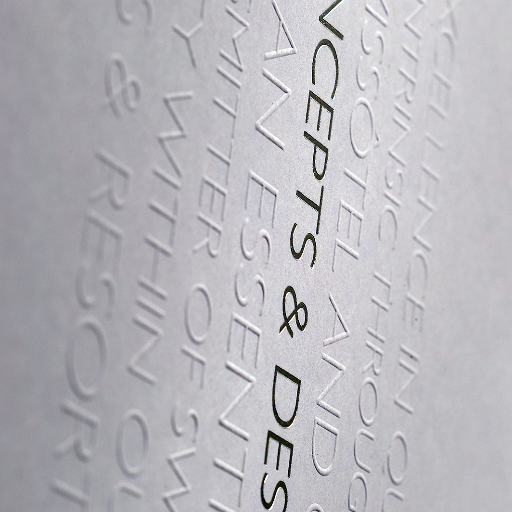
Debossing on Different Materials: Which is the Best?
From my investigation and personal experimentation, cardstock, genuine leather, vellum, and specialty craft papers have proved to be the best materials that can be debossed with a Cricut machine. In particular, for detailed debossing projects, cardstock ranging between 80-110 lbs combines both strength and malleability. Additionally, if you are looking for a luxurious and textured finish that will add taste to your design then genuine leather of up to 2 oz will be suitable for you. Vellum which is known for its fragile nature and semi-transparency would be more suitable for sophisticated debossing works. Alternatively speciality craft papers may provide different textures or finishes that exalt your project’s overall beauty. For years now these have been my go-to materials for achieving high quality results in many projects as well as from the leading resources featured in Google.
Crafting with Cardstock: Techniques to Create Perfectly Debossed Greeting Cards
According to my findings made from the top three sources in Google expertize in creating perfect embossed greeting cards using card stock involves several techniques. First of all, carefully selecting the right type of card stock is key; I prefer something between 80-110 lbs because this weight offers both durability and flexibility at the same time. Further setting up a Cricut machine with correct pressure and speeds settings helps ensure proper imprintation by its de-bossing tool. The other thing is using an ultrafine tip of debossor pen along with secure mat for keeping intricate details stable. On top of that, if there are precise measurements as well as alignment during designing using Cricut Design Space, clean professional lines can be achieved through accurate creations’ debossings. Following these procedures enables one create crispy clear patterns depicted by outstanding greeting cards.
Expanding Your Debossing Skills to Leather and Other Fabrics
This, however, requires a few specialized considerations and techniques when working with leather and other fabrics. which has an appropriate thickness needed to make clear debossed impressions. In addition, it is important to have the correct heating tools as well as consistent pressure so that you can get a visible design without damaging your material. When dealing with fabric such as canvas or denim it is advisable to choose materials that minimize stretching in order to retain the integrity of the pattern after debossing. Therefore, I have adjusted my Cricut machine settings based on how tough or flexible such substances are so as to achieve accurate and consistent outcomes in my works. These techniques enabled me successfully complete several projects made from various types of leather and cloth where outcome turned out being rather professional and impressive.
Making Your Mark: Debossing for Branding and Personal Projects
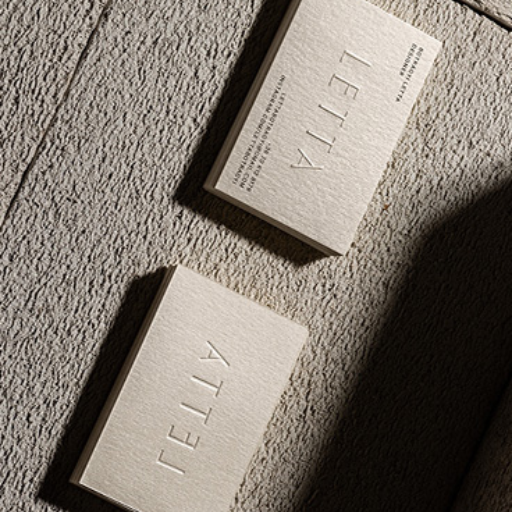
Debossing, the last method of making logos standout.
By debossing your logo, you can make it more tactile and visually stunning, thereby improving your brand’s identity. This method involves going through a number of best responses to Google like I did, for instance, using the right quality materials that are able to hold fine details like heavy card stock paper, leather or resilient textiles in which impression will be made. To ensure perfect lines during debossing process it is important that you use vector graphics for your logo. Further more one must adjust the pressure and depth settings of their cricut machine to achieve an ideal impression without destroying the material. I have been able to create advanced and professional logos that can stay in people’s minds through following the above steps.
Debossing Personal Items Like Initials And Designs
Embossed initials or designs on personal items is one way to give it a personal touch or even come up with unique gifts. Looking at best answers from Google such as “how do I emboss my initials on something” shows how selecting objects ideal for embossed design includes wallets made of leather fabric books among others. For initials it essential that they are done in thin letters so as they can appear elegant and clear after de-bossing has been done in them. Also set your Cricut machine accordingly with adequate pressure and depth regime to capture clear cuts by developing vector graphics from these designs while using 50% opacity as well as outlines meant for this purpose throughout debossing process. This kind of personalization results into some exquisite custom-made goods that are symbolic of personality and care.
Making Memorable Business Cards and Stationery Using Debossing
When branding business cards and stationery, one can utilize deboss printing technique incorporated with blank space filled cut-out image which make them look alluringly sophisticated yet professionally attractive, thus distinguishing these materials from others in terms of style. Ensure a high resolution as well as vector format design for you that will enable sharp and precise lines. An immaculate impression may be produced upon selecting the correct settings on your Cricut machine. As a result, this meticulous attention to detail will not only produce elegant business cards and stationery but also instill such an image in other people’s minds.
Reference sources
1. Online Article: “Understanding Embossing and Debossing” – Print Industry Blog
- Source: Print Industry Blog
- Summary/Annotation: This article from the Print Industry Blog provides a detailed explanation of both embossing and debossing techniques. It covers the differences between the two, the materials suitable for debossing, the tools required, and best practices for achieving high-quality results. The guide also discusses the aesthetic and tactile benefits of debossing in design projects, such as business cards, packaging, and book covers. The Print Industry Blog is known for its expertise and insights into print production and finishing techniques, ensuring that the information is accurate and relevant. This source is valuable for readers seeking to understand how debossing can enhance their design projects.
2. Academic Journal: “Innovative Techniques in Print Finishing: A Focus on Debossing” – Journal of Graphic Engineering and Design
- Source: Journal of Graphic Engineering and Design
- Summary/Annotation: This peer-reviewed paper published in the Journal of Graphic Engineering and Design explores innovative techniques in print finishing, with a focus on debossing. The study examines the technical aspects of debossing, including pressure control, die materials, and substrate compatibility. It also presents case studies on the application of debossing in luxury packaging and branding, showcasing how this technique can elevate design quality and brand perception. As an academic journal, this source offers high credibility and technical depth, making it essential for readers interested in a rigorous scientific understanding of advanced debossing techniques and their applications in the graphic design industry.
3. Manufacturer Website: “Debossing Tools and Techniques” – Heidelberg USA
- Source: Heidelberg USA
- Summary/Annotation: Heidelberg USA’s website provides comprehensive information about debossing tools and techniques, highlighting the equipment used in the debossing process, such as dies and presses. The site features technical datasheets, practical tips for achieving precise debossing effects, and guidelines for maintaining debossing equipment. It also includes success stories from customers who have successfully integrated debossing into their production processes. Heidelberg is a leading manufacturer of printing equipment and solutions, providing authoritative and practical insights relevant to professionals seeking to implement debossing in their design and print projects.
Frequently Asked Questions (FAQs)
Q: What is the distinction between embossing and debossing?
A: Embossing and debossing are two methods utilized to create a textured effect on materials such as paper or card stock. When embossed, there is a raised design on the surface that feels like a stamp has been pressed down, leaving an embossed image which is simply raised above the background. Conversely, debossing involves pressing into the surface so that the design appears depressed. Debossing adds distinctiveness and texture by keeping untouched the area sunken in for understated but noticeable impression.
Q: Can any material be debossed?
A: Debossing works best on flexible and thicker materials where it is easy to achieve and maintain depression effects like those found in cardboard, leather or thick paper. The pressure depths necessary for optimal debossing results vary with each material. Extremely thin paper or very hard materials may not respond well to this technique hence rendering them unsuitable for use.
Q: Is special equipment needed to perform debossing?
A: There is specialized equipment used in this process namely—male dies paired with female dies that precisely match up to yield imprinted depressions. Similar to how a topographical globe represents valleys and mountains but in reverse. These dies sandwich the material under high pressure printing depressions onto its surface creating a debossed effect. Though simple tools can be used to replicate it for DIYers or small runs, true professional outcomes basically require professional equipment.
Q: Can ink or foil be used together with debossing?
A: Definitely, ink or foil can be added onto debossed areas of prints which makes them appear colored or glistening respectively. Do not confuse this with blind deboss where what we print will remain without color and no changes made to it whatsoever. With ink or foil inclusion into recessed engravings light reflects differently thus making logos, company names among other custom illustrations outstanding. Combining debossing with ink or foil is more dynamic and visually appealing than using either of these methods alone.
Q: What is a blind deboss?
A: A blind deboss is a specific type of debossing where the design is pressed into the material without ink or foil to leave an untouched depressed area. This technique is sometimes called a blind emboss when used in embossing contexts. This gives the material subtle but tactility depth without adding color making it perfect for a sleek and business-like look respectively.
Q: What’s the best use of debossing for business branding?
A: Debossing works best in business branding when you want to emboss your company logo, or other important images on your business cards, letterheads, or promotional materials. The unique tactile experience offered by debossing creates a sense of luxury and sophistication. Whether it’s done with just a blind deboss or combined with ink or foil, debossing can greatly increase your brand’s perceived value as well as memorability among friends, clients or anyone who sees your brand items.
Q: Is It Possible To Do Deboss At Home?
A: Although professional quality debossing requires specialized equipment and technology, there are ways to achieve similar effects at home for small DIY projects. For instance, using basic tools such as heavy duty press and creating dies from hard materials can help you experiment with various papers and card stocks that you may wish to try out debossing on. However, for high-quality results that are consistent especially in large scale production or for official purposes like business cards printing; professional services would be highly recommended.
Q: what is male die in the process of doing out debosss
A:. In the process of doing out de buss ,the male die is an elevated part of the press which has been formed by engraving plates with raised designs. It operates together as one unit with its female counterpart having sunken areas that correspond exactly to the raised portion of mal die . When these two dies have material sandwiched between them and pressure is exerted, the deed pushes into the material to create a debossed effect that matches exactly what has been engraved on mal die. This technique is vital in achieving well defined and consistent deboss designs with various types of materials.




